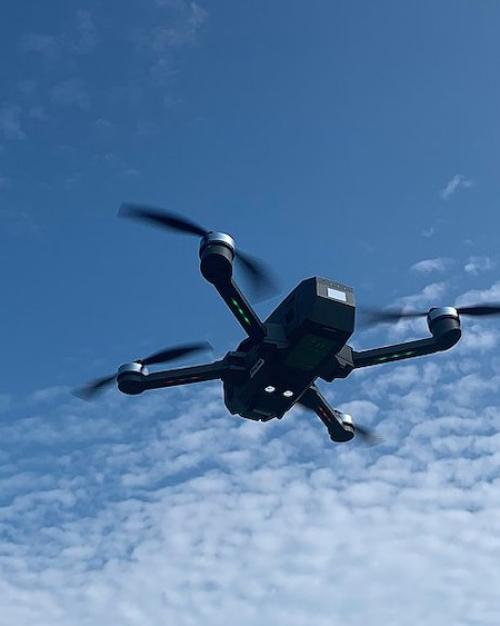Iranian officials claim Israel was behind a weekend drone strike on a defense factory. The attack comes as tensions between Iran and the West are growing over Tehran’s advancing nuclear program, ongoing crackdown on peaceful anti-government protests, and the supply of arms for Russia’s war in Ukraine.
Paul Lushenko is a lieutenant colonel in the U.S. Army, senior policy fellow at Cornell University’s Tech Policy Lab, and co-editor of "Drones and Global Order: Implications of Remote Warfare for International Society."
Lushenko says: “Iranian officials report that Israel used a constellation of three quadcopter drones to target an ammunition factory. Though Israeli officials have not confirmed this attack, it seems likely that the operation was designed to disrupt Iran’s ongoing pursuit of a nuclear weapon, especially because it took place amid high-level U.S.-Israel talks on regional security.
“Scholars often define drone warfare as a U.S. phenomenon that is focused on counterterrorism. Yet, this attack suggests that the ongoing proliferation of drones, especially commercially-available and easily weaponized quadcopters, has resulted in distinct patterns of strikes that are markedly different from U.S. operations.
“Unlike U.S. 'over-the-horizon' strikes executed against high-level terrorists abroad, hundreds of countries now use drones – such as the Turkish-manufactured TB-2 Bayraktar, the so-called 'Toyota Corolla' of drones – within their own borders. At the same time, unlike regional and great powers, very few countries have the technical wherewithal and interest to use drones beyond their immediate borders and regions.
“Drones, then, have contradictory impacts on the durability of global order. This ‘arc of strategic sovereign possibilities’ includes the use of drones to breach other countries’ territory, which often characterizes U.S. strikes in the interest of regional and global security. The potential outcomes for sovereignty norms may also be reinforcing, which characterizes the implications of drones used in Ukraine. Ukrainian officials have built an ‘army of drones’ to shift the offense-defense balance in their favor against Russia, which has put Russian forces on their heels and showcased the asymmetric advantages afforded by drones to lesser military powers against their stronger foes.”
For interviews contact Adam Allington, cell: (231) 620-7180, adam.allington@cornell.edu.
Image by Project Kei/Creative Commons license 4.0.





